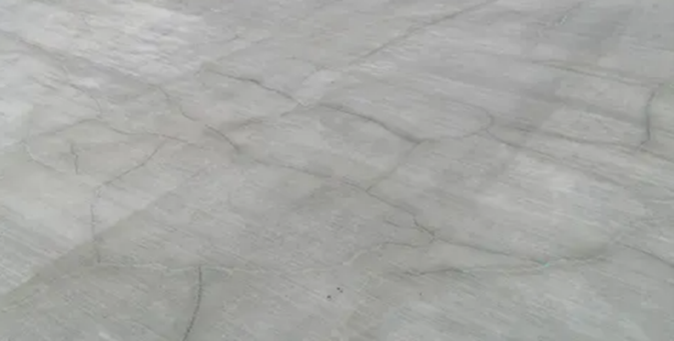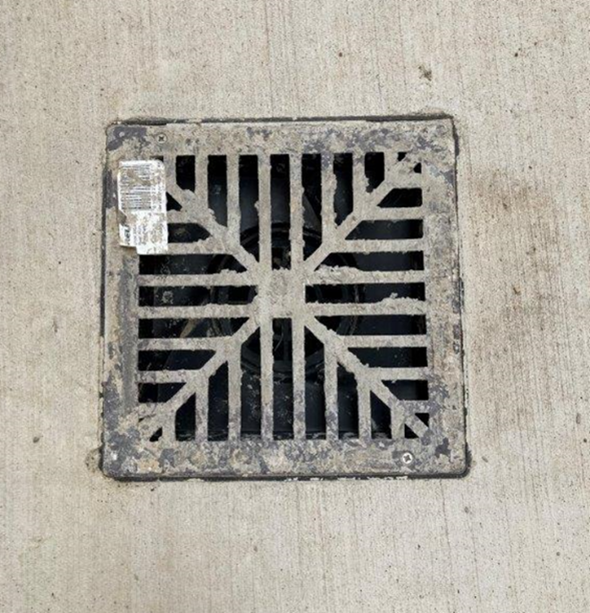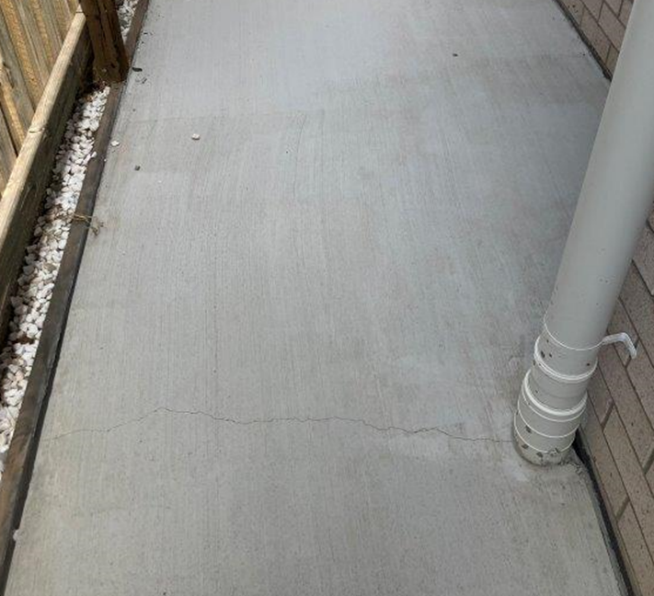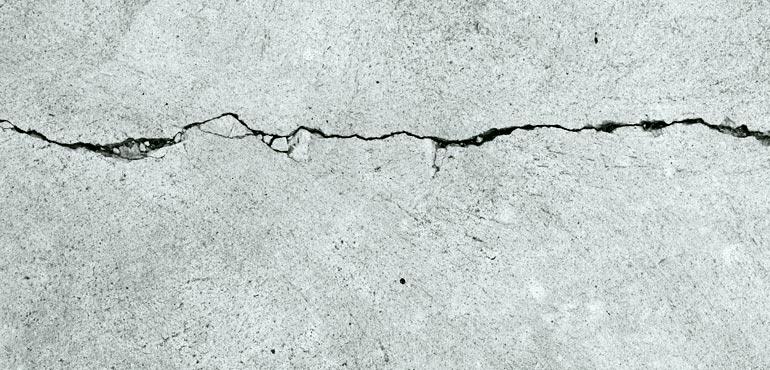Defects in concreting work

Examples of defective building work relating to concrete paths and driveways include, but are not limited to:
- plastic shrinkage cracking
- cracking at internal corners
- cracking at penetrations
- inconsistent colour
- inconsistent surface finish
- surface levels not graded to disperse ponding water.
Learn best practice
To prevent defective work occurring contractors are able to refer to industry publications produced by:
- Concrete Institute of Australia
- Cement Concrete and Aggregates Australia
- Australian Standard AS 3727 – Guide to Residential Pavements by Standards Australia.
These organisations provide best practice in the preparation, design and installation of concrete paths and driveways.

Requirements at each step
Contractors are responsible for:
- preparation of substrate
- reinforcing mesh
- the placement of the concrete
- curing of the concrete surface to maintain an aesthetically pleasing finish
- cleaning
Substrate preparation
Subgrade preparation can be a relatively simple process due to the light loads the concrete slabs are exposed to. A uniform foundation is essential and any poor quality, highly compressible, wet or weak foundation soils should be removed. Adequately compacted suitable sub-grade should be provided to prevent settlement.
Reinforcement
Reinforcement should be generally installed within the top half of the concrete slab with a minimum of 30mm cover. Mesh should be held into place with chairs suitable spaced to prevent sagging. Mesh should not be dropped into place or allowed to be driven over by the concrete truck for access.
The industry publications provide specific details in relation to subgrade and reinforcing.

Joints
Isolation, control and expansion joints should be provided to minimise cracking during the drying period. Industry publications provide details of placement, type and spacings of joints that provide best practice for installation of concrete driveways and paths.
Pouring
It is important for contractors to be aware of the prevailing weather conditions when deciding the timeframes to pour the slab. Weather conditions such as ambient temperatures exceeding 30° or high wind may impact on the concrete resulting in cracking or flaking of the finished surface.
Cleaning
You should clean areas adjacent to the concrete slabs as soon as possible after the placement to remove any concrete slurry or splatters from other structures.
Curing
Curing the concrete slab correctly will ensure performance of the slab and surface are achieved. This can be achieved by primarily by providing a chemical curing compound or wetting the slab to prevent the slab prematurely drying out during the curing process. The industry publications provide detailed methods in carrying our curing processes.
